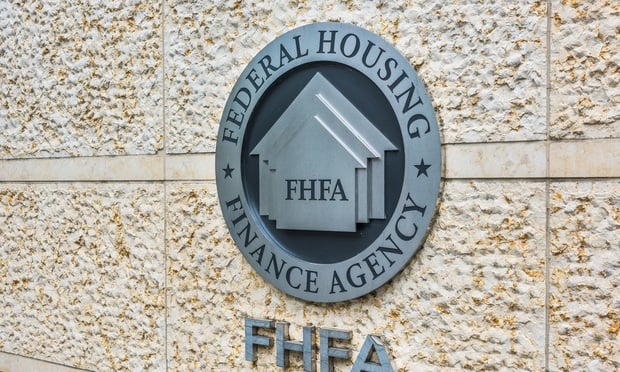After a nearly two years of pandemic roiling and the extraordinary performance of logistics properties as a result, the logical question might be how long can the good times last? According to Arie Salomon, principal at NAI Puget Sound Properties in Bellevue, WA, and Adam Roth, EVP at NAI Hiffman in Chicago, there's still significant chance for action and profits, although the party is facing some pushback from its own success.
"Seattle and Tacoma are the beneficiaries of the congestion in the Long Beach and Los Angeles ports," Salomon says. "We are seeing 4% as a typical cap rate. However, over the last year or so, we're seeing some cap rates below 3.5%. We even saw one at a 3% cap rate." Cap rates on short-term leases can go even lower "because investors believe they can get much higher rate" than in longer contracts as rents keep increasing.
According to Roth, Chicago has traditionally seen less aggressive cap rates than out in Seattle but not by that much now. "We are getting cap rates dipping below 4% and that is unusual for our market," he says. "Capital is just pouring into our space at a very rapid pace."
Tight markets are likely to continue for some time. "The projection is that the ports may catch up in the Chinese new year in 2023, which is January 22," Roth says. In other words, almost an additional year of pressure on supply chains at a time when businesses badly need them to start working more efficiently again, as many are moving from just-in-time inventory strategies to just-in-case, depending on deeper inventory and closer distribution that can satisfy customers.
"Companies with historically complex supply chains are going to simplify," says Roth. "Supply chains are going to shorten. The result is going to be corporations are going to need to combat length of haul to avoid their exposure to a transportation supply chain." In part, that will mean more logistics facilities to store materials and reduce transportation costs which were up an estimated 27% between 2020 and 2021.
The increased demand only exacerbates challenges, particularly in trying to find deals, let alone close them. "The problem we're facing is we have so many clients asking us to submit unsolicited offers to owners," says Salomon.
Redeployment of capital has become a significant challenge. "If those owners sell, where do they invest the money? We have received offers that would shock, but which sellers didn't accept. They said, 'We'll accept if you can find something else that we could buy.' He adds that around Seattle, logistics real estate at the top end is going for between $220 and $900 a square foot. Existing owners might consider a sale, giving the sums being offered, and then putting it into secondary and tertiary markets where prices are more reasonable.
As for buyers, business becomes a matter of faith. "There is absolutely still money to be made in industrial real estate," Roth adds. "There's going to be another high-water market 12 months from today. There are still opportunities in the sector, unquestionably."
© 2025 ALM Global, LLC, All Rights Reserved. Request academic re-use from www.copyright.com. All other uses, submit a request to [email protected]. For more information visit Asset & Logo Licensing.








